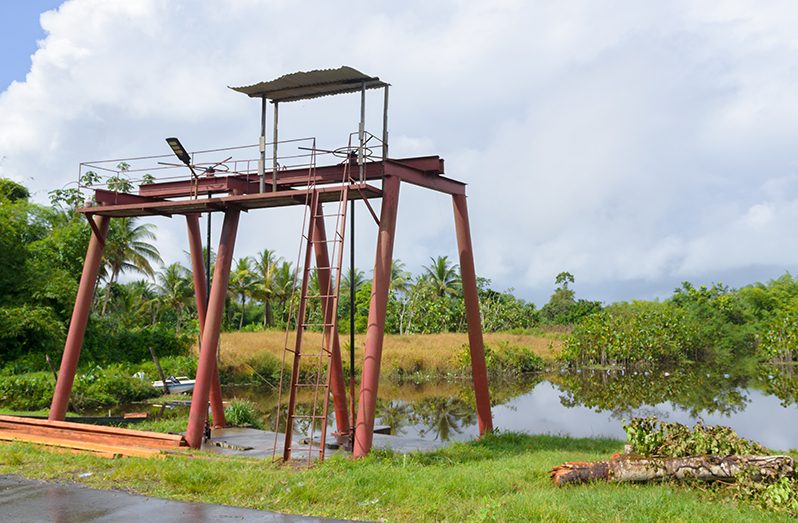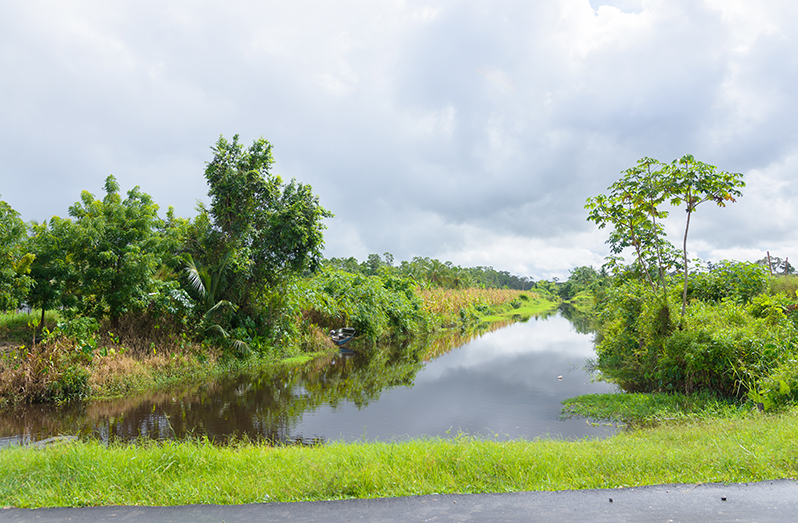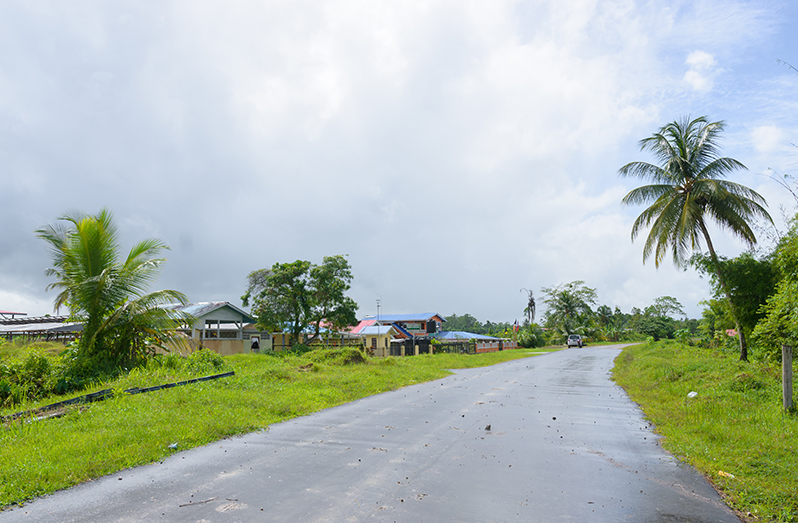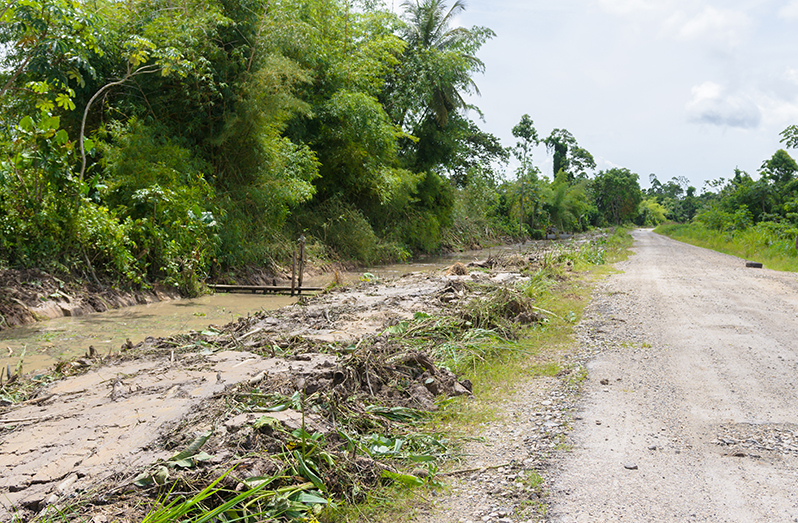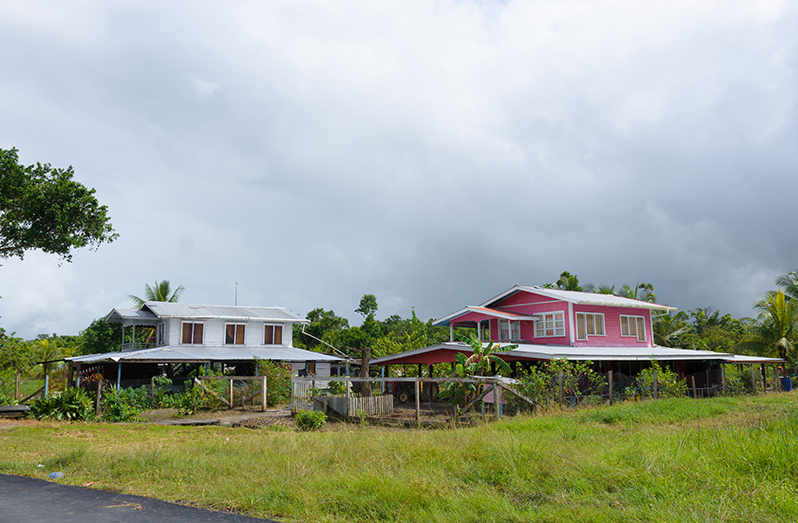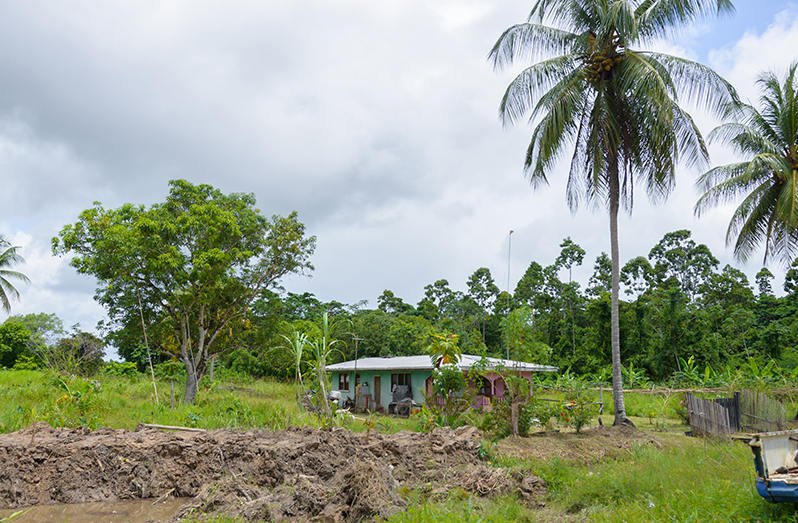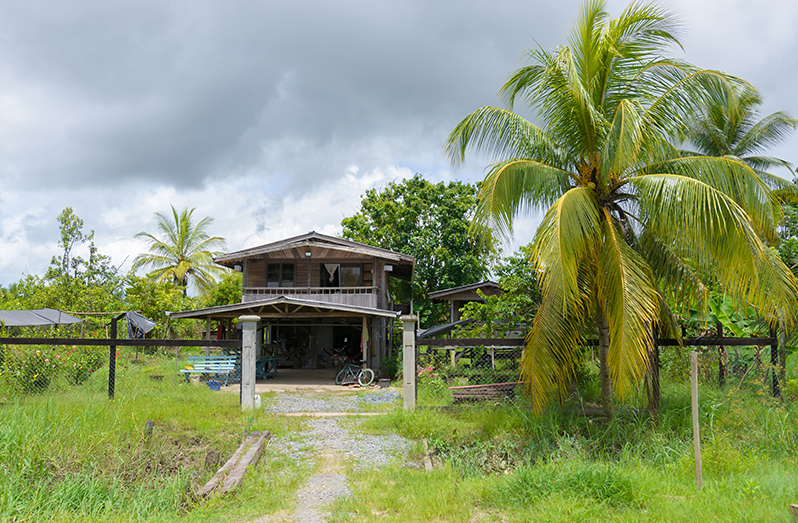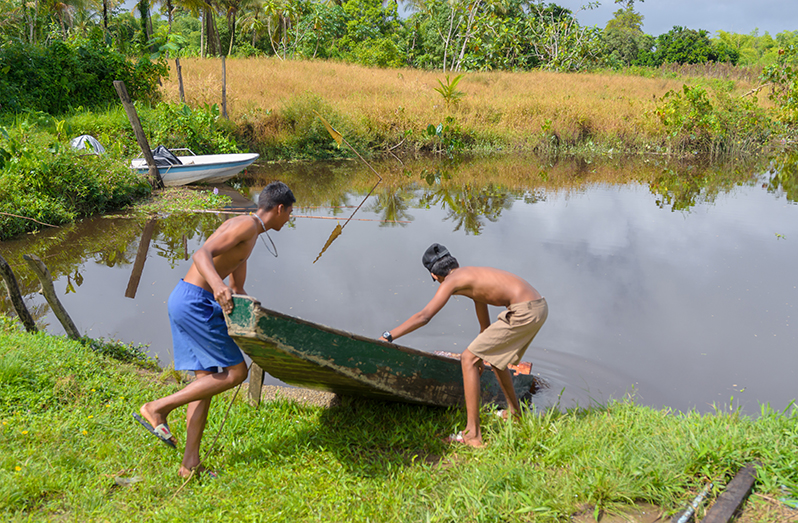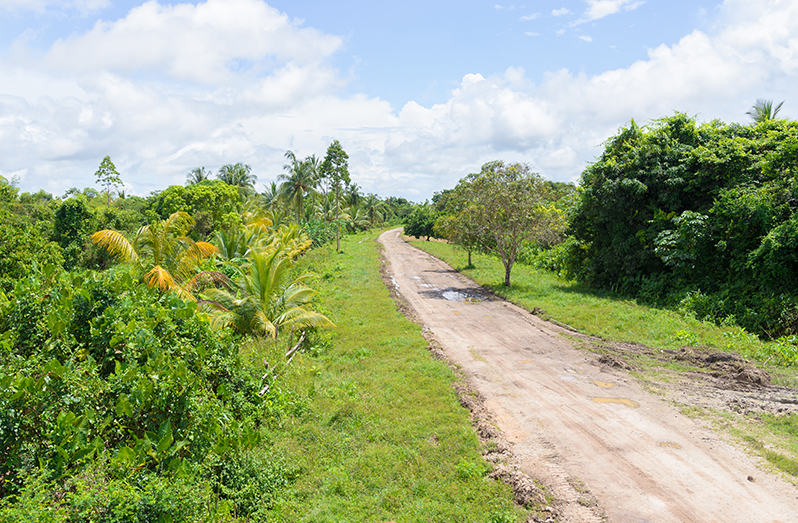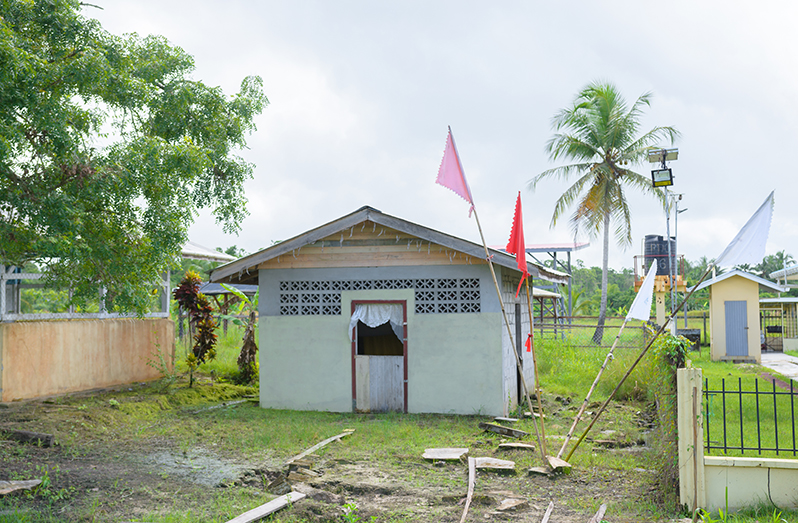LAST week the Pepperpot Magazine journeyed over land to visit the small countryside village of Plegt Anker, East Bank Berbice, Region Six (East Berbice/Corentyne) to highlight the way of life of the locals.
Plegt Anker is an agriculture-based village and almost everyone is a farmer, as farming is the main source of income.
Plegt Anker is 18 miles from New Amsterdam, and it is located between Zorg en Vlyt and Johannesburg villages.
Plegt Anker is also called Heidelburg. It was a plantation that had crops of cocoa, sugar cane and coffee and it was owned by the Dutch.
That plantation was transformed when a health centre was added in 2019 and a building was constructed to house learners of the nursery and primary levels.
Plegt Anker Village also has a mandir, a ball field, two churches, a shallow well which has a pipe that is utilised by the people to full drinking water and three small shops.
The locals depend on rainfall for drinking and cooking, or they would buy bottled water from New Amsterdam.
The village is developing. However, there is no potable water supply, no electricity, landline phones and just the Information and Communication Technology (ICT) hub at the health centre.
The cell phone networks are not reliable and the main access road needs upgrading.
There are about 16 houses in Plegt Anker Village with just about 150 residents.
There is no secondary school. The nearest secondary school is in New Amsterdam.
There is no minibus service plying this route and to hire a vehicle is very costly considering the state of the road.
Some of the villagers have their own vehicles while others have to take public transportation by way of hiring a car or canter to take out their produce.
The locals, most of whom lived all their lives in the village, are mostly cash crop farmers who rear cows, sheep, chickens, goats and creole fowls.
Plegt Anker Village is home of high-quality, sweet pumpkins that are produced on a large scale.
The people of this village also produce potatoes, ground provisions, plantains, bananas, coconuts, watermelons, tomatoes, peppers, boulanger, pak choi, calaloo, citrus, and bora among other crops.
The backlands area in this village is used for cultivation and it is quite vast, which is ideal for the locals, whose main source of income is farming.
There are no strangers in Plegt Anker Village, East Bank Berbice, so visitors are spotted immediately and it is a very safe village.
Plegt Anker Village is a breezy place with lots of wide-open spaces, and vast farmlands that go as far as the eye can see, and it also has a forested section that is uninhabited.
A drainage canal separates the two sides of this community where there is one main access road that takes you to the last village, Jermina.
The locals depend heavily on farming to earn and even the women are also involved in large-scale farming and would sell their produce at the New Amsterdam Market, 18 miles away.
The villagers are simple, hardworking folk that toil from dusk to dawn and they hardly ever have a day-off or time to engage in social activities.
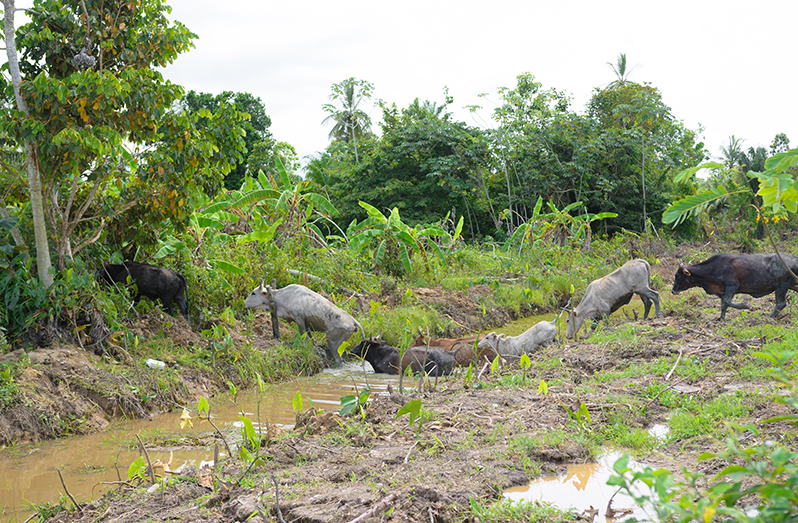
The villagers are of the opinion that if the main access road is upgraded, they will be able to foster development since it is the only way to travel in that section of the country.
The locals believe that a good road will enable a ‘farm to table’ method and they will be able to transport their produce in good time to the market to sell.




.png)


